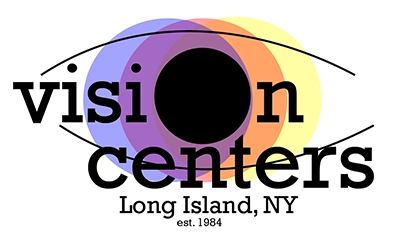
Your eyes are delicate and complicated systems that allow you to view the world in front of you. And just as with other fragile and intricate processes, there are many complications that can hamper how they function.
At the office of Vision Center, patient care and comfort are our main priorities. You will receive personal attention and care throughout every step in the process. We consider every patient to be unique, and we know that individual preferences vary. Our goal is to offer a clear picture of all the options available to you and deliver the results you expect. We use state-of-the-art knowledge and technology to perform a complete array of services with the utmost care and precision.
If you have ever had a stye, chances are good that you’ll be able to easily imagine what it feels like to have a chalazion. While a stye is a blocked oil gland that crops up on the outside of an eyelid, a chalazion is a blocked oil (meibomian) gland that shows up on the inside of an eyelid. It usually develops farther back on an eyelid than a stye.
The initial formation of a chalazion can go unnoticed. But as the oil gland enlarges, your eyelid will get red, swollen and sometimes sore. If the chalazion gets big enough, it can press on your eyeball and result in blurry vision. You should never try to pinch or drain a chalazion. Instead, see a doctor of optometry, who can advise you about the best treatment plan. An optometrist knows how to help chalazions heal properly.
Causes and risk factors include acne rosacea, seborrhea, tuberculosis and a viral infection and chronic blepharitis (inflammation of the eyelids, often from excess bacteria). Chalazions appear most commonly in people who are between the ages of 30 and 50.
At the office of Vision Center, our skilled and experienced team—from the optometrists to the support staff—are experts in their field. We want what you want: excellent outcomes. Please don’t hesitate to schedule an appointment today!
By Vision Center
July 26, 2021
